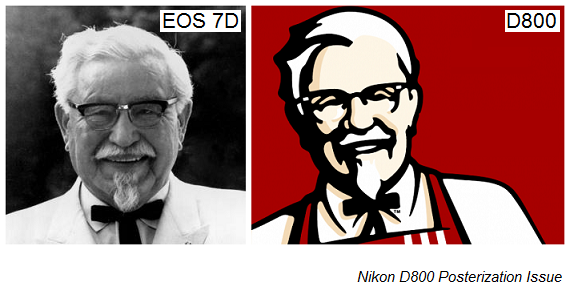TheSuede said:
And Sony is only the third largest manufacturer (at 18% total market revenue), Both Samsung and Omnivision are larger than Sony.
Hmm, you are quite incorrect, actually.
Sony is the industry leader with $2.6B in revenue for 2011.
Somewhat surprisingly, second is ... Canon, with $874M in revenue for 2011 (3x smaller than Sony).
Source:
Image Sensors World.
Also, as I said already, Canon has had a 180nm process in house since at least 2007.
See the
White Paper on their 52mp prototype, which they developed in 2007.
Scroll to page 3 of the White Paper, where the sensor technology is listed as 180nm.
Finally, as I've also said already, the S100/S100 sensor is made on 180nm.
This sensor has been
in production for a year now.
Overall, Canon has been working on a 180nm process for at least five years now and has had in production for at least a year.
We can only speculate why this process has not been used for DSLR sensors ... yet.
Probably they are working on the yields - or they are just milking their 500nm process as much as possible.
I feel that the time for change has come, though.
Canon has not had a new APS-C sensor for three years now (since the current 18mp sensor was introduced back in 2009).
For comparison, between 2004 and 2009, they've had a new APS-C sensor basically every year.
This 3-year 'silence' indicates to me that a major change is coming.
Likely the transition from 500nm to 180nm; we'll know for sure next year.
Something else to consider:
Canon entered the high-end video market just last year with the Cxxx series.
Sony, RED, and Arri are the incumbents in this market.
If Canon thinks that they can compete with a 500nm process in the brewing 4K/8K video resolution wars, they are complete idiots.
Or, more likely, they know very well what's coming - and feel that they can compete.
Certainly not with a prehistoric 500nm process, of course.
Check out
the lasted video cams from Sony, btw. This is getting quite serious.


